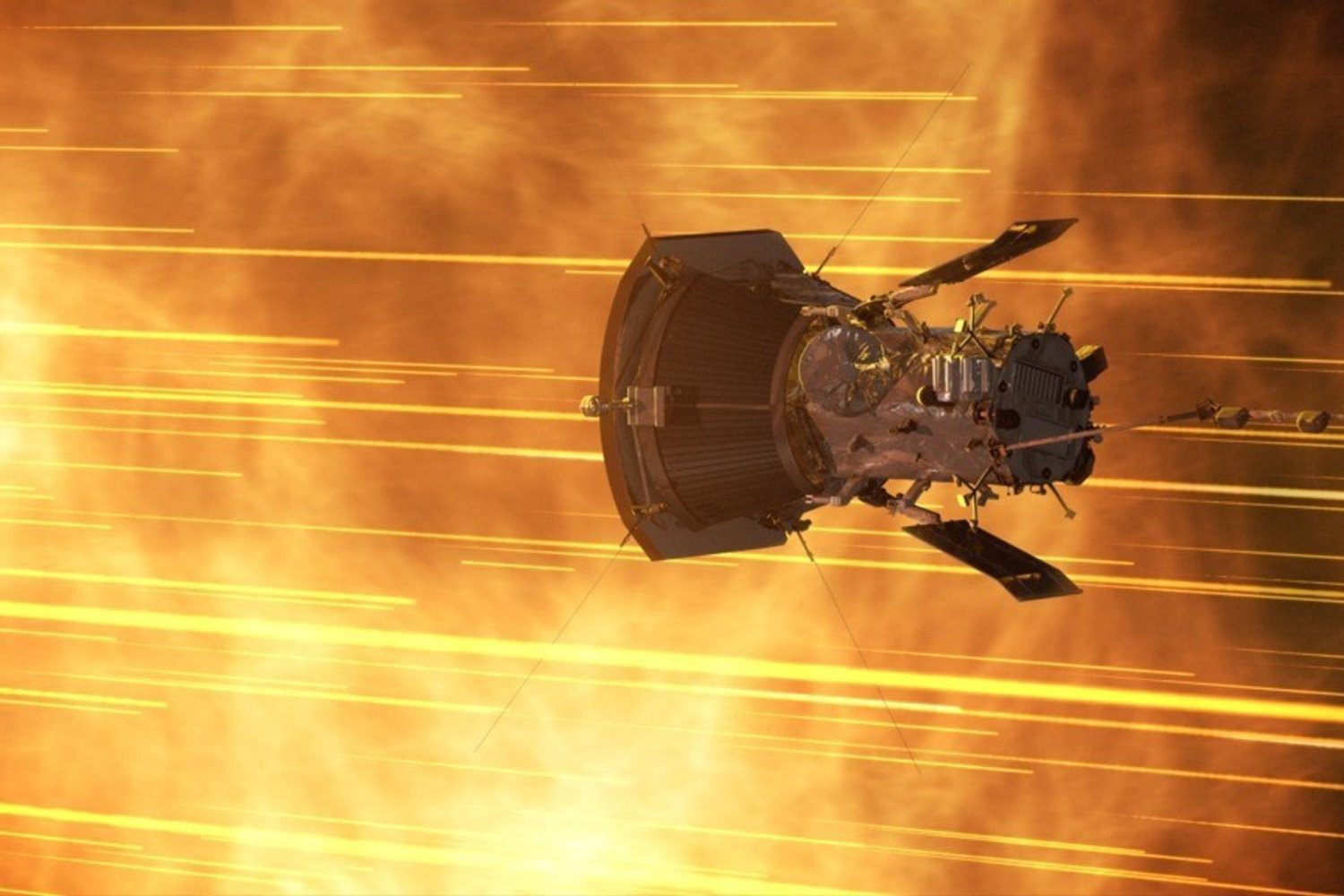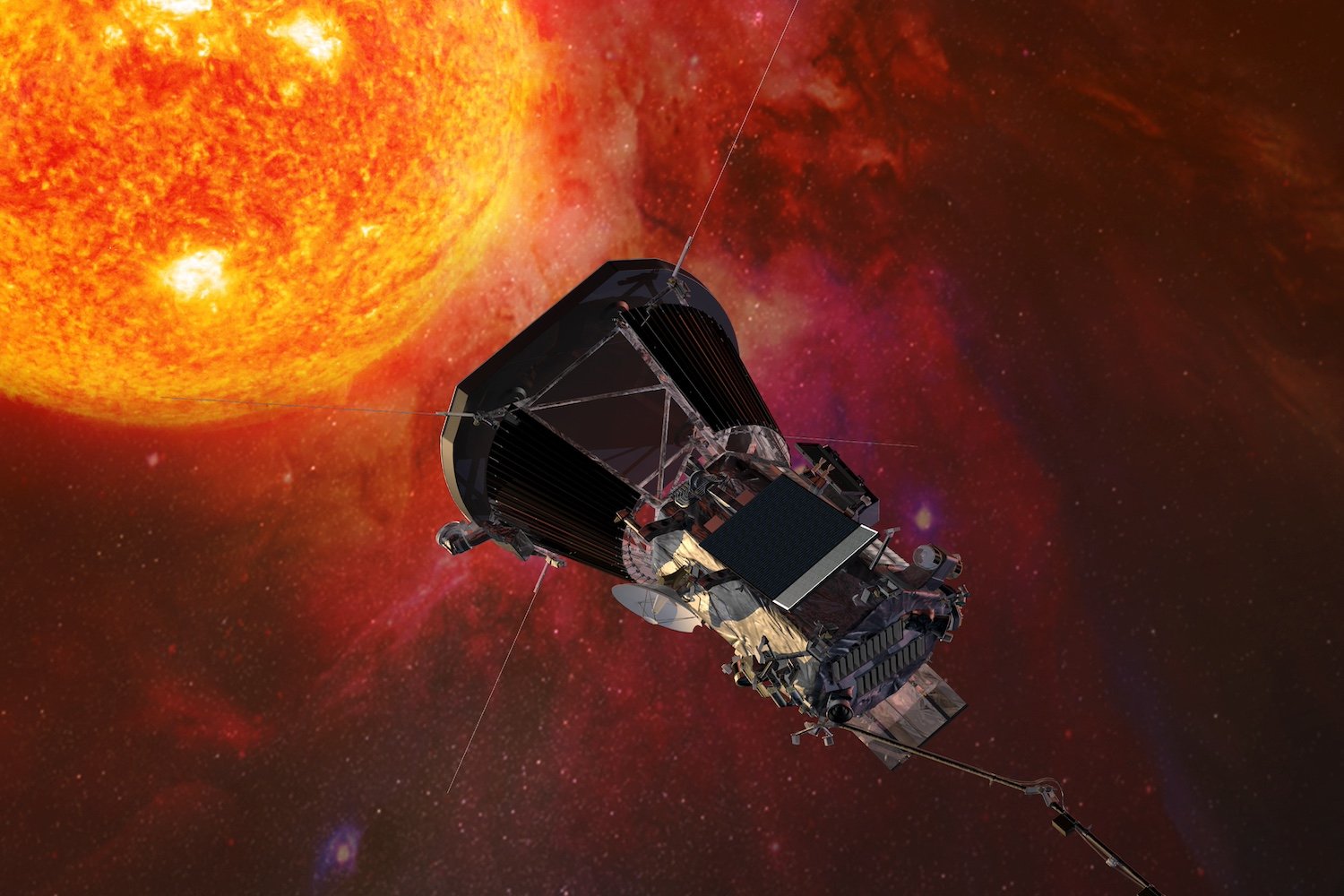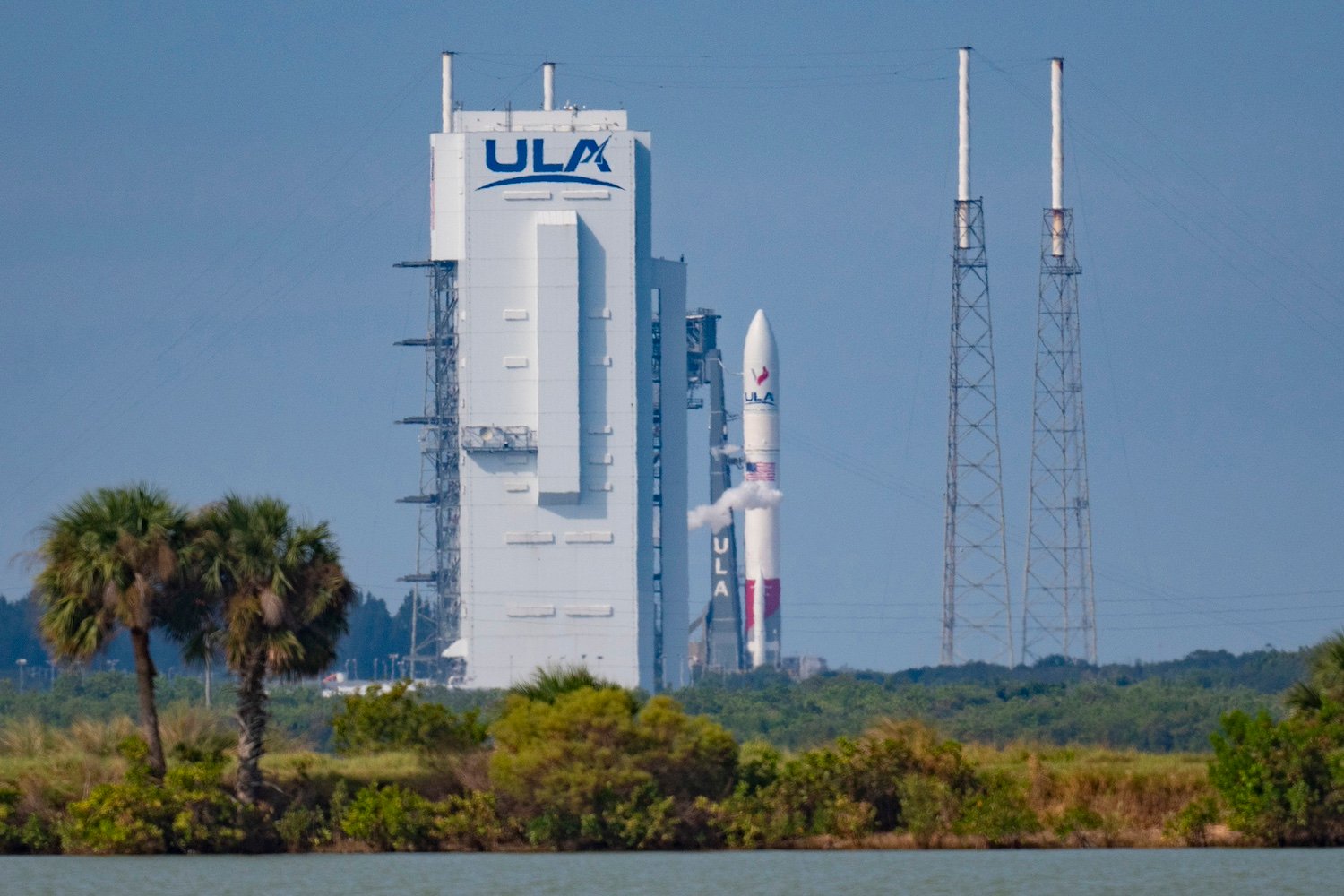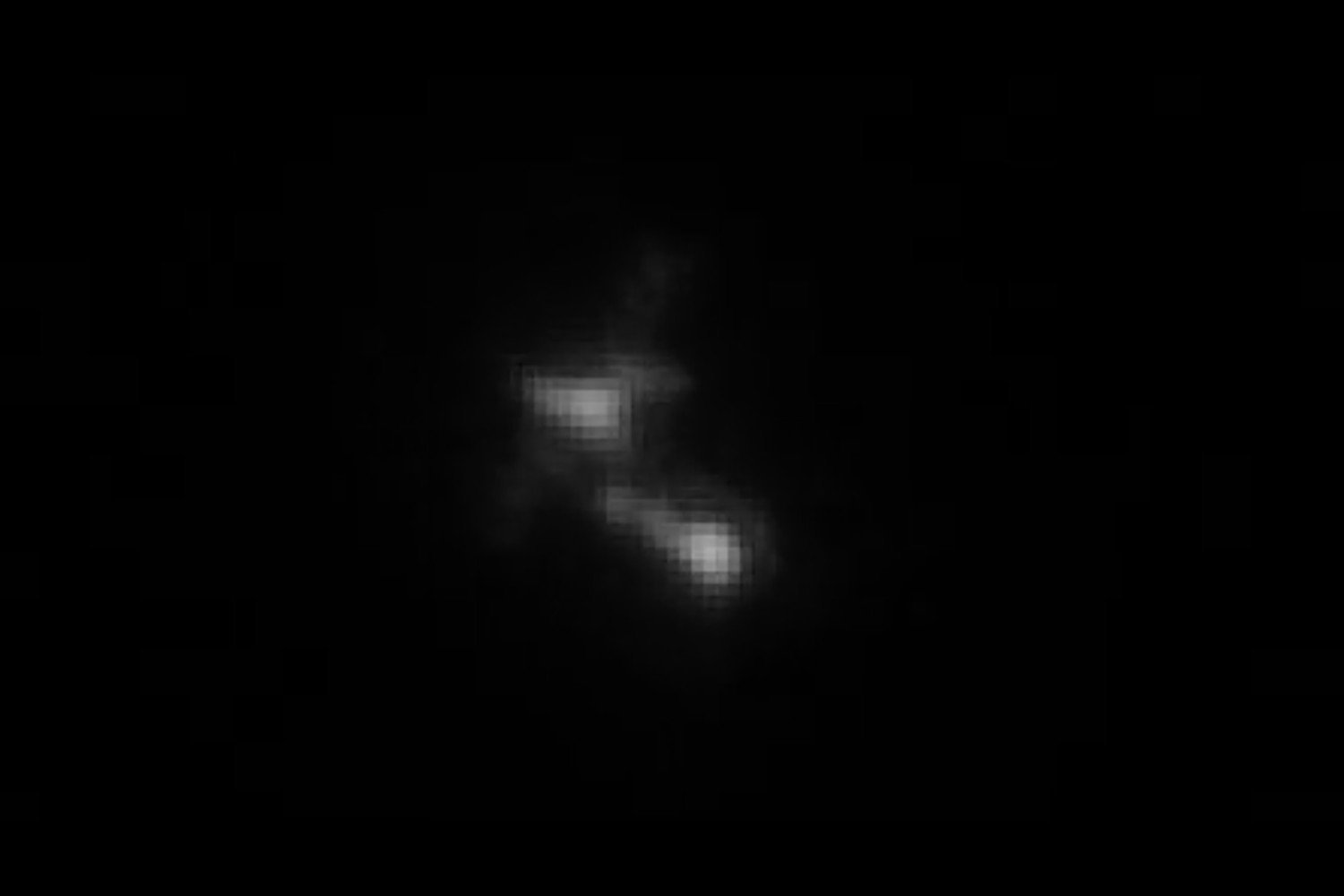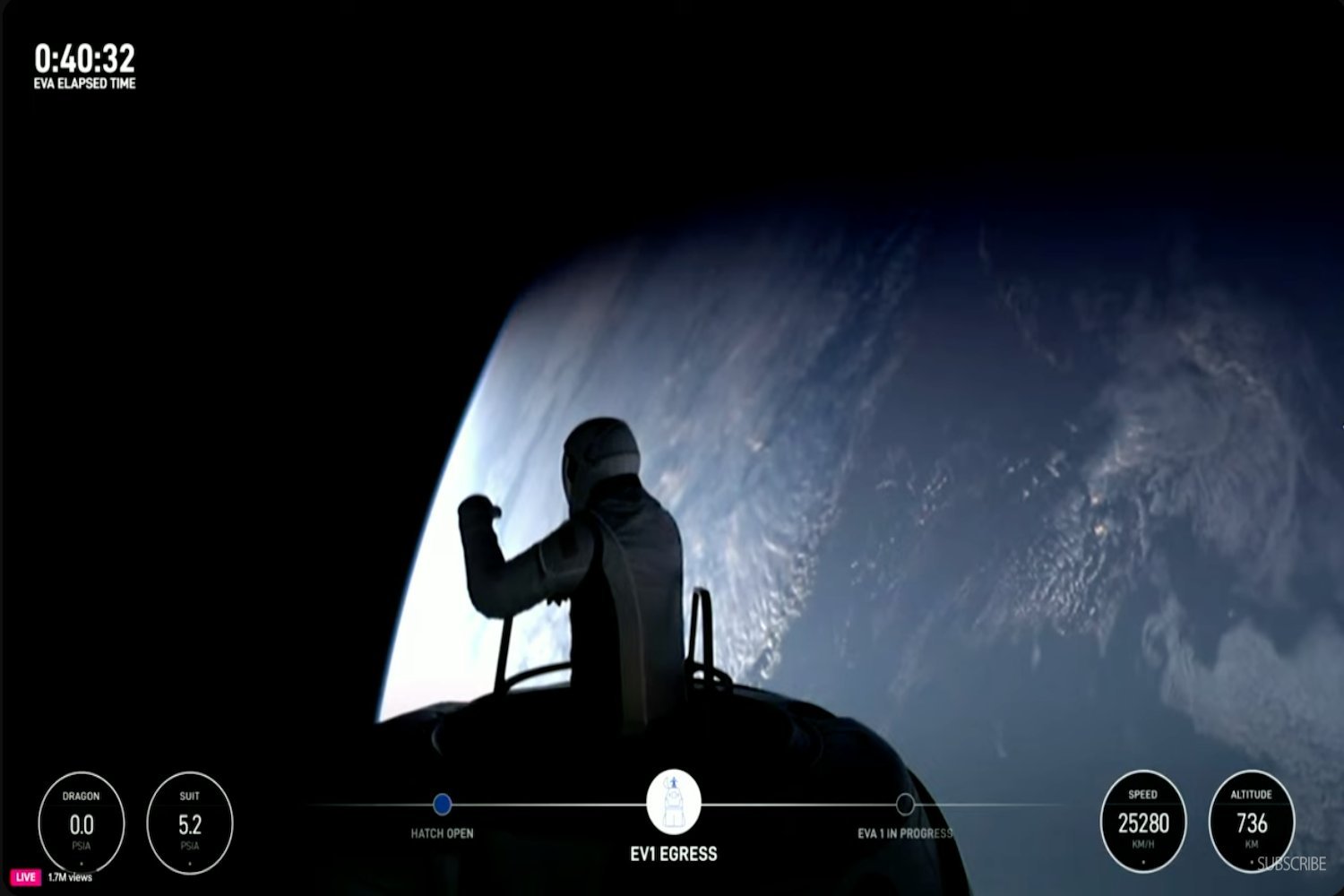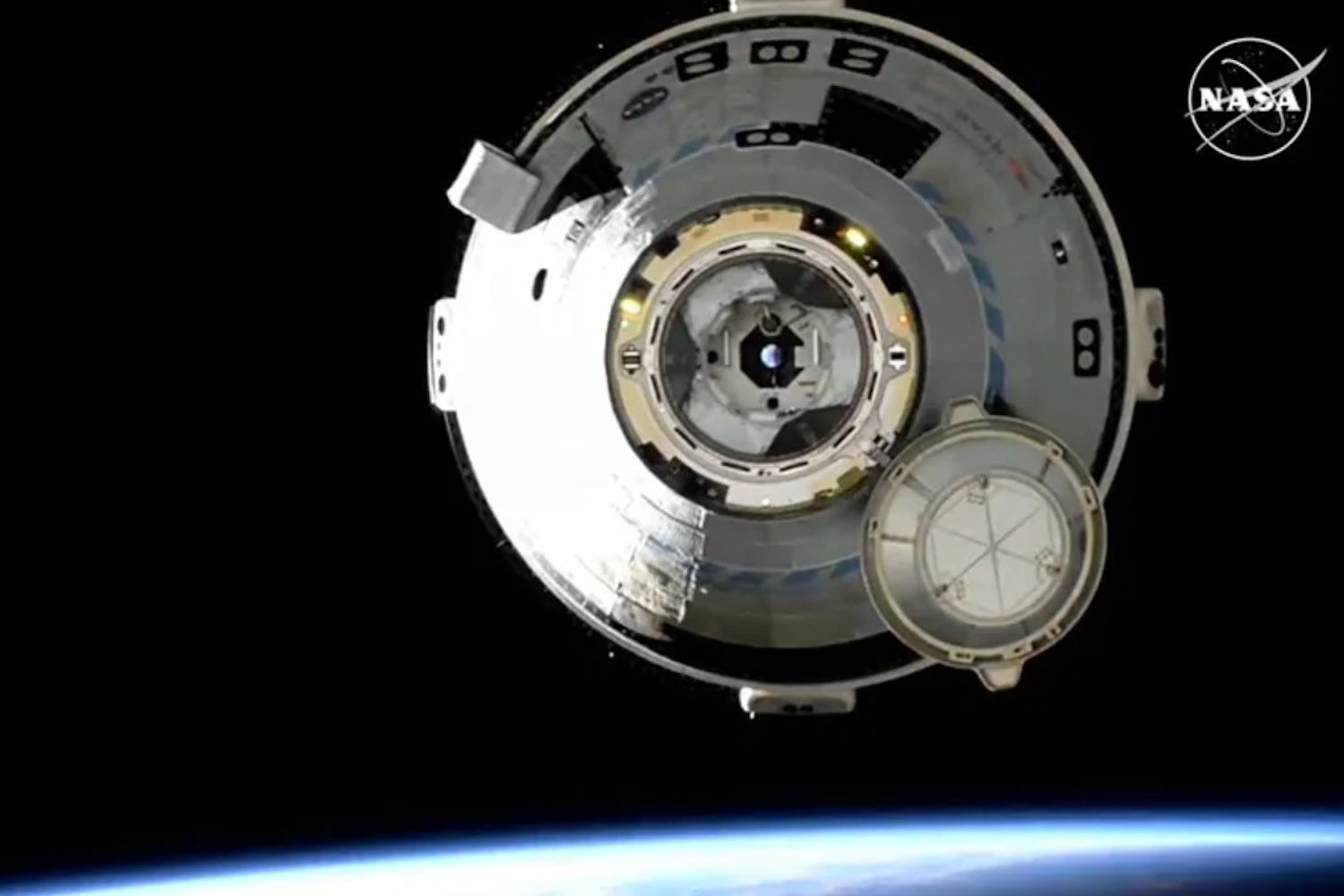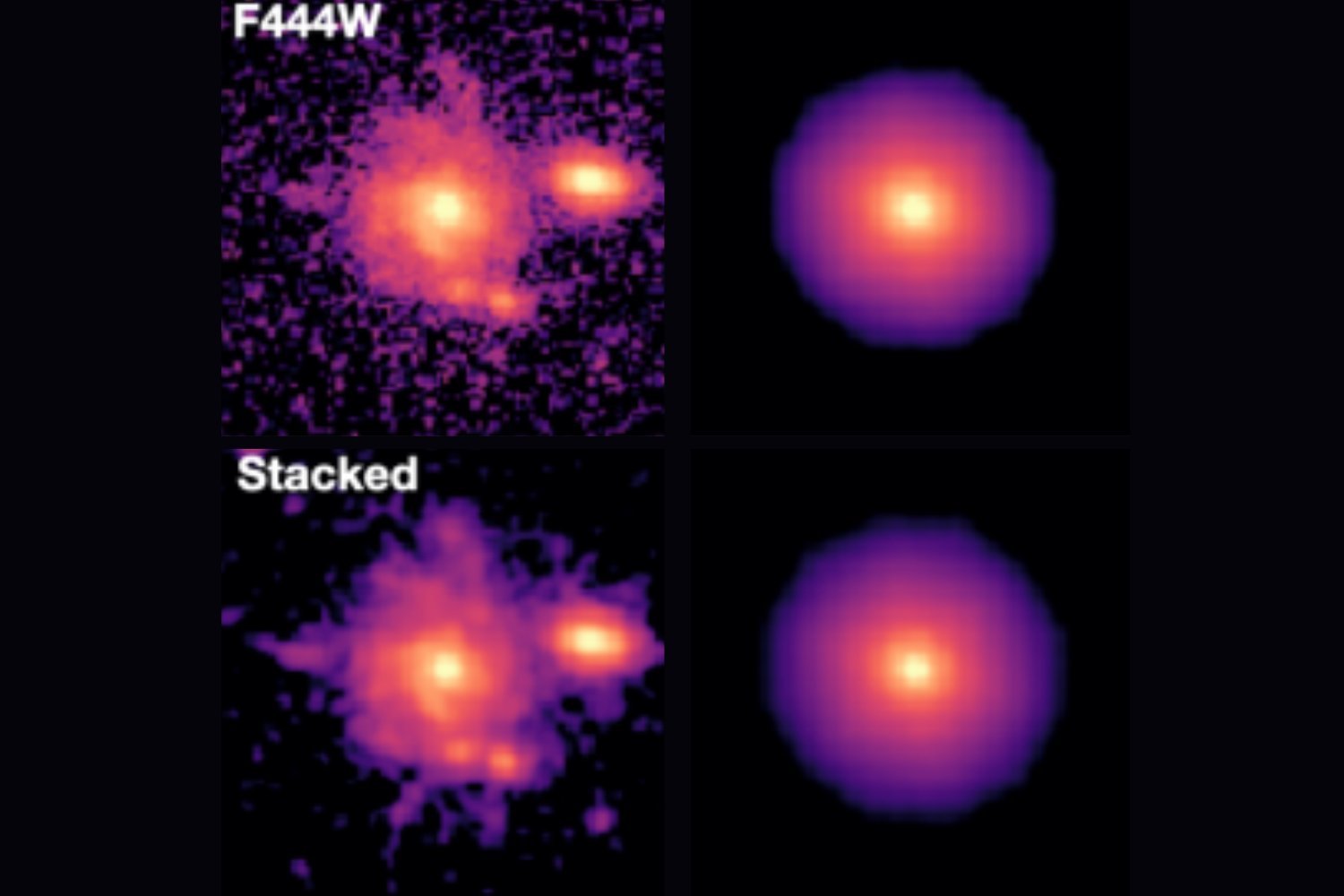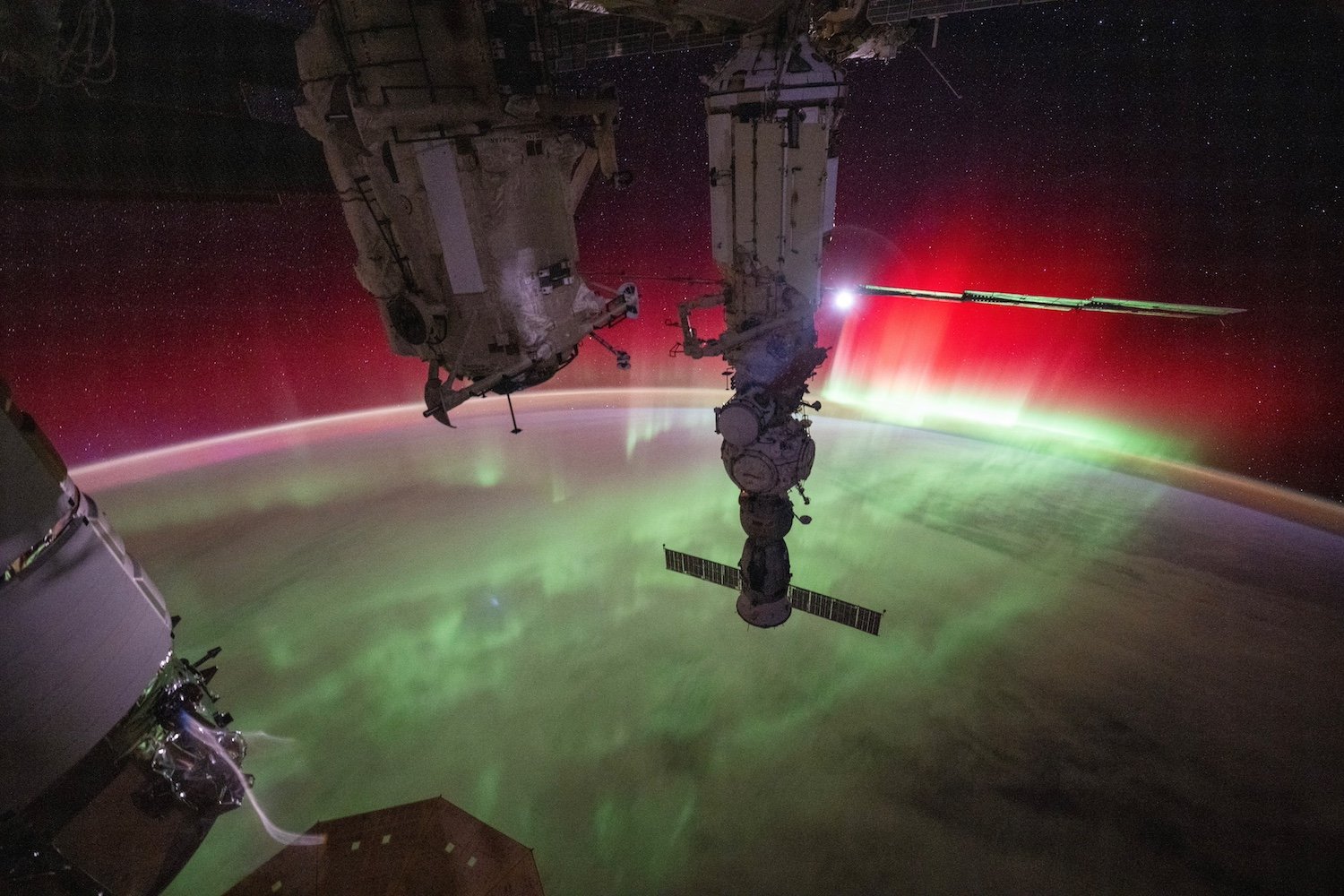NASA’s Parker Solar Probe recently attempted its closest approach to the Sun, pushing the boundaries of space exploration. On Tuesday, the probe aimed to come within a mere 3.8 million miles (6.1 million kilometers) of the Sun’s surface. Due to a planned communications blackout during this daring maneuver, confirmation of the spacecraft’s success will not be available until Friday.
This close approach, known as perihelion, is a critical phase in Parker’s mission to unlock the Sun’s mysteries. The probe is venturing into uncharted territory, collecting data from a region never before explored by human-made objects. “No human-made object has ever passed this close to a star, so Parker will truly be returning data from uncharted territory,” explains Nick Pinkine, Parker Solar Probe mission operations manager at Johns Hopkins Applied Physics Laboratory. The team eagerly awaits the spacecraft’s signal, confirming its survival after this record-breaking encounter.
Tuesday’s flyby marks the first of three planned encounters at this extreme proximity to the Sun. During perihelion, Parker will reach an astounding speed of 430,000 miles per hour, breaking its own record for the fastest human-made object. To put this in perspective, this speed would allow the probe to travel from Washington, D.C. to Philadelphia in a single second. The spacecraft’s heat shield, several inches thick, is crucial for protecting its internal components from the scorching 1,800 degrees Fahrenheit (982.2 degrees Celsius) temperatures while maintaining a comfortable 85 degrees Fahrenheit (29.4 degrees Celsius) inside.
The Parker Solar Probe, launched in August 2018, has been steadily approaching the Sun, with each orbit bringing it closer to its ultimate goal. This latest perihelion follows 21 previous close approaches, the closest being 4.51 million miles (7.26 million km) from the solar surface. The probe’s trajectory was further refined by a gravity assist from Venus in November, its seventh and final flyby of the planet.
Parker’s mission is to gather crucial data about the Sun and its impact on the surrounding space environment. This information will help scientists answer fundamental questions about our star and its influence on the solar system. “This is one example of NASA’s bold missions, doing something that no one else has ever done before to answer longstanding questions about our universe,” states Arik Posner, Parker Solar Probe program scientist at NASA. The scientific community anticipates the wealth of data Parker will provide in the coming weeks, offering unprecedented insights into the Sun’s dynamics.
The Parker Solar Probe’s mission represents a significant leap in solar science, providing a unique opportunity to study our star up close. The data gathered during this record-breaking close approach promises to revolutionize our understanding of the Sun and its impact on our solar system.



